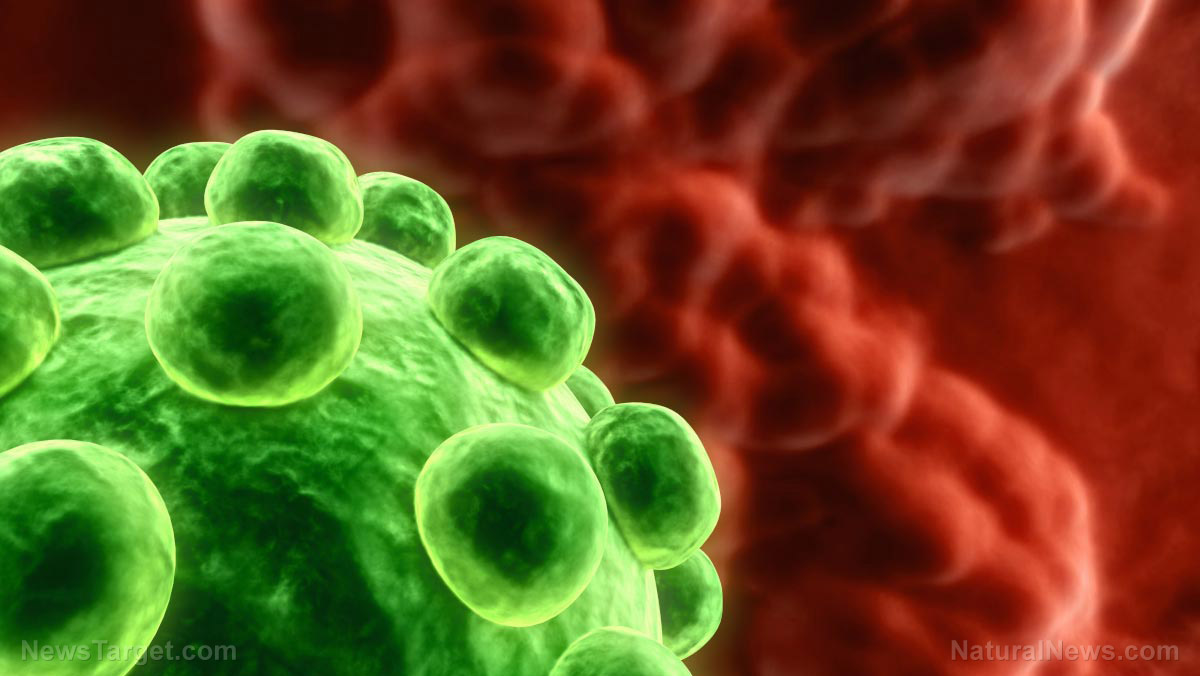
“To our knowledge, this is the first published report on cadmium exposure and endometrial cancer risk using urine as a biomarker for cadmium measurement. Inconsistent observational studies using estimated cadmium exposure from self-reported dietary intake has brought the validity of food frequency questionnaires for cadmium estimation into question,” the researchers said.
According to lead author Jane McElroy, Ph.D., associate professor in the Department of Family and Community Medicine at the MU (University of Missouri) School of Medicine, “Cadmium is an estrogen-mimicking chemical, meaning it imitates the estrogen and its effects on the body. Endometrial cancer has been associated with estrogen exposure.
Because cadmium mimics estrogen, it may lead to an increased growth of the endometrium, contributing to an increased risk of endometrial cancer,” McElroy added. Endometrial cancer, which is also called womb or uterine cancer, is reported to have 9,300 new cases each year. It's the fourth most common cancer incurred by women.
The research team observed 631 women with a history of endometrial cancer (86 percent had type I endometrial cancer, which are mostly endometrioid carcinomas driven by hormonal mechanisms, while 14 percent had type II endometrial cancer, which are mostly clear cell or serous histology).
The researchers also found 879 women (mean age: 65 years old) from Missouri and Iowa without a history of cancer that will serve as the control group.
The participants were asked to answer around 200 survey questions about risk factors that are associated with endometrial cancer. After that was done, they were made to collect their own urine and saliva samples, which were analyzed for cadmium levels at the MU Research Reactor.
According to McElroy, “When comparing the cadmium levels of individuals with endometrial cancer to the control group, we found a statistically increased risk of the cancer associated with a woman's cadmium levels. We found the rate of endometrial cancer incidence increased by 22 percent in individuals with increased cadmium levels.”
McElroy recommended taking notice of lifestyle choices in order to maintain health and wellness. “We all have cadmium present in our kidneys and livers, but smoking has been shown to more than double a person's cadmium exposure.
Also, we recommend being attentive to your diet, as certain foods such as shellfish, kidney, and liver can contain high levels of cadmium. You don't necessarily need to cut these from your diet, but eat them in moderation.” (Related: Sugary beverages increase women's risk of endometrial cancer by up to 78 percent!)
Read up on more stories such as this one at CancerSolutions.news.
Sources include:
Please contact us for more information.























